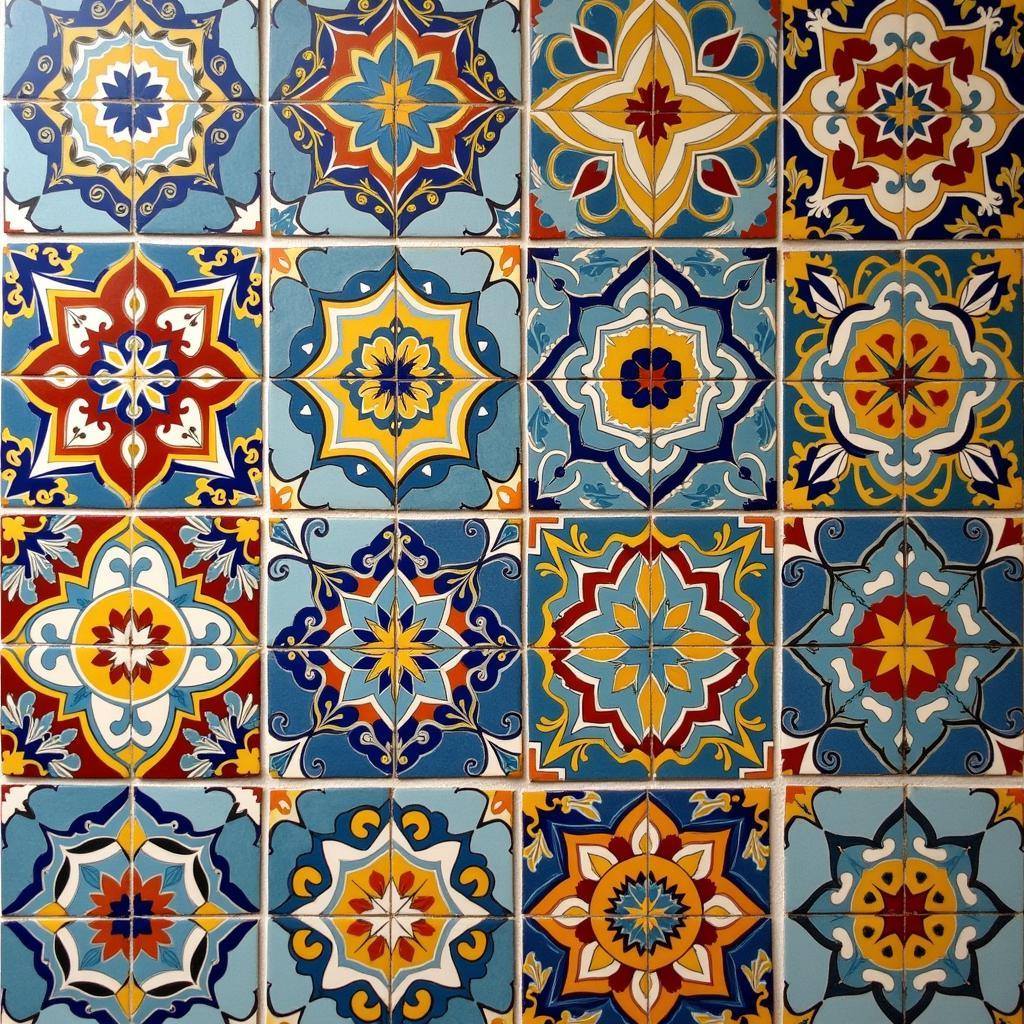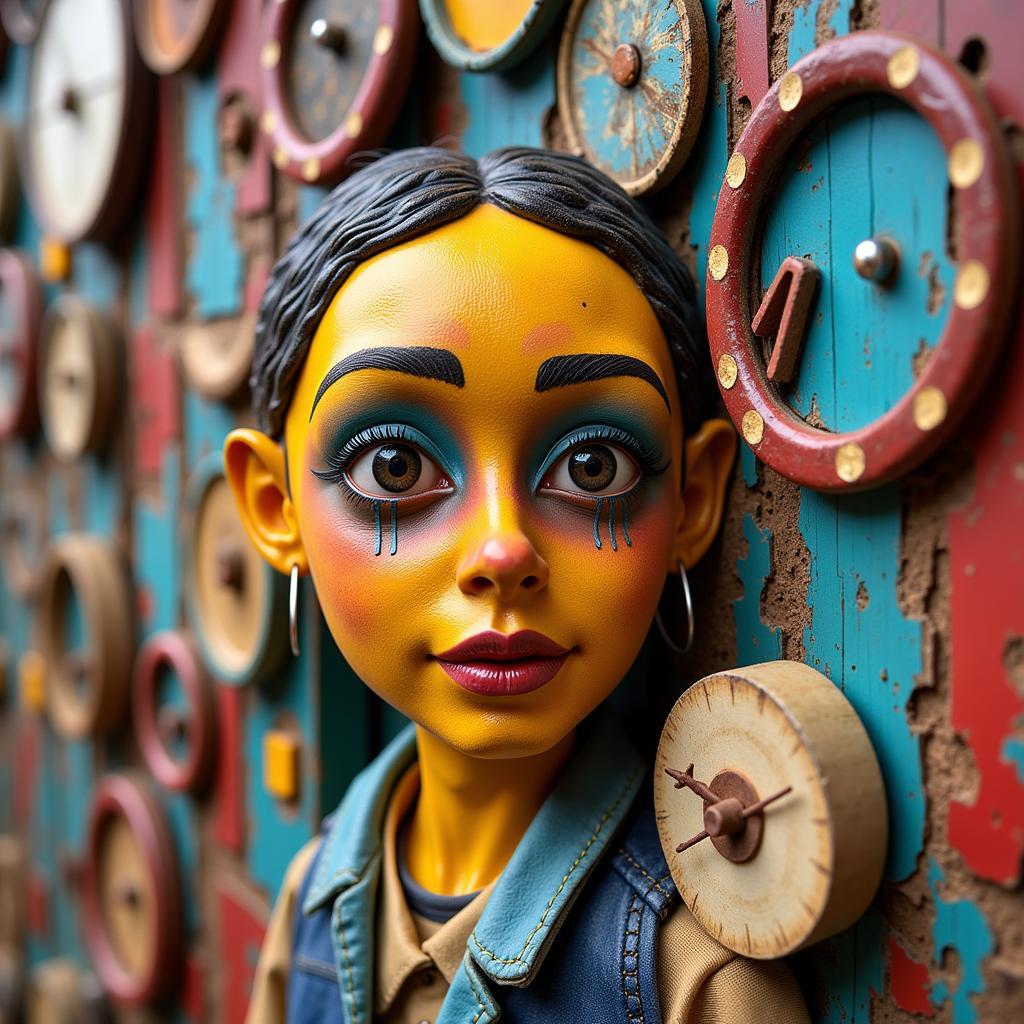Unveiling the Allure of Ceramic Art Deco
Ceramic Art Deco, a captivating fusion of artistic expression and functional design, emerged in the early 20th century, captivating hearts with its bold geometric patterns, rich color palettes, and luxurious materials. This movement, characterized by its embrace of modernity and elegance, left an indelible mark on the world of decorative arts, shaping everything from sleek vases and intricate tiles to stunning sculptures and everyday objects.
The Essence of Ceramic Art Deco: A Fusion of Form and Function
At its core, ceramic art deco celebrated the seamless integration of art into everyday life. It sought to elevate the mundane to the extraordinary, transforming functional objects into exquisite works of art. This harmonious blend of form and function was reflected in the movement’s signature characteristics:
- Geometric Precision: Clean lines, symmetrical compositions, and repeating patterns defined the aesthetic of ceramic art deco. Triangles, chevrons, zigzags, and stylized floral motifs were meticulously crafted, creating a sense of dynamic movement and visual harmony.
- Bold Color Palettes: Rich, vibrant hues dominated the ceramic art deco palette. Deep blues, emerald greens, fiery oranges, and radiant yellows were often juxtaposed with contrasting black and white accents, creating a sense of opulence and sophistication.
- Luxurious Materials: Ceramic artists embraced a range of high-quality materials, including fine porcelain, earthenware, and stoneware. These materials, often glazed to a high sheen, enhanced the visual impact of the geometric patterns and vibrant colors.
Iconic Motifs and Inspirations in Ceramic Art Deco
Ceramic art deco drew inspiration from a myriad of sources, seamlessly blending ancient Egyptian motifs with influences from Cubism, Fauvism, and the industrial age.
- The Allure of Ancient Egypt: The discovery of Tutankhamun’s tomb in 1922 ignited a fascination with ancient Egyptian art and design, which found expression in ceramic art deco’s stylized sunbursts, scarabs, and hieroglyphic-inspired patterns.
- The Influence of Modern Art: Cubism’s fragmented forms and Fauvism’s bold use of color found resonance in the geometric patterns and vibrant palettes of ceramic art deco, while the sleek lines and machine-age aesthetic of Art Deco architecture influenced the creation of streamlined vases, bowls, and figurines.
 Art Deco Ceramic Tiles
Art Deco Ceramic Tiles
The Enduring Legacy of Ceramic Art Deco
Ceramic art deco continues to captivate art enthusiasts and collectors worldwide. Its timeless appeal lies in its ability to effortlessly blend artistry with functionality, transforming everyday spaces into elegant expressions of style. Whether adorning a grand foyer with intricate floor tiles or gracing a minimalist living room with a statement vase, ceramic art deco objects add a touch of vintage glamour and sophistication to any setting.
Frequently Asked Questions About Ceramic Art Deco
1. How can I identify authentic ceramic art deco pieces?
Authentic ceramic art deco pieces often bear the marks of their makers and exhibit the movement’s signature characteristics: bold geometric patterns, vibrant colors, and luxurious materials. Reputable antique shops and auction houses are excellent resources for finding authentic pieces.
2. What are some popular ceramic art deco motifs?
Popular motifs include stylized floral patterns, geometric shapes like chevrons and zigzags, sunbursts, and animal figures like gazelles and greyhounds.
3. How can I incorporate ceramic art deco into my home décor?
Ceramic art deco pieces can be incorporated into various design styles, from traditional to contemporary. Consider using a statement vase as a centerpiece, adding a collection of art deco plates to your wall décor, or incorporating mosaic art backsplash in your kitchen or bathroom.
4. Are there contemporary artists still working in the ceramic art deco style?
While the heyday of the art deco movement has passed, several contemporary artists draw inspiration from the style, reinterpreting its iconic motifs and techniques in their own unique ways.
5. Where can I find more information about ceramic art deco?
Museums with decorative arts collections, art history books, and online resources dedicated to the art deco movement offer a wealth of information about this fascinating period in design history.
Need Assistance with Your Artistic Journey?
Whether you’re looking for inspiration, guidance, or simply want to explore the world of art further, our team at Online Art workshops is here to assist you. Contact us at 02462573573, email us at danteum@gmail.com, or visit us at Savico Megamall, 7-9 Đ. Nguyễn Văn Linh, Gia Thụy, Long Biên, Hà Nội 10000, Việt Nam. We offer a wide range of resources, including marbling art kit for those interested in exploring fluid art techniques and surfboard mosaic art for those seeking a unique and vibrant art form.
We also encourage you to explore our other articles on various art topics, including Lake Wales Florida Art Festival for insights into art events and wall art mediterranean for inspiration on decorating your home with a touch of Mediterranean charm.
Let us guide you on your creative journey and help you unleash your artistic potential!



